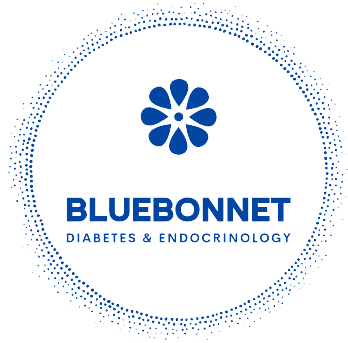Click HERE To Buy Xifaxan Online ↓

Understanding Sibo: Causes, Symptoms, and Impact
SIBO, or Small Intestinal Bacterial Overgrowth, can begin with subtle discomforts—bloating after meals, unexpected gas, and even changes in bowel habits. Over time, these symptoms may intensify, leading to chronic pain, fatigue, and nutritional deficiencies. It's more than a digestive annoyance; SIBO disrupts daily routines, impacts well-being, and can erode quality of life.
Identifying the underlying cause is crucial. Factors like poor gut motility, structural abnormalities, or previous antibiotic use can all pave the way for harmful bacterial overgrowth.
| Main Causes | Common Symptoms | Long-Term Impact |
|---|---|---|
| Impaired motility, surgeries, chronic illnesses | Bloating, gas, diarrhea, pain | Weight loss, fatigue, malnutrition |
What Is Xifaxan? Exploring the Science Behind It

Unlike many traditional antibiotics, Xifaxan (rifaximin) is specially designed to stay mostly within the gut, making it a targeted option for intestinal conditions. Its unique structure allows it to fight bacteria in the small intestine without being widely absorbed into the bloodstream, reducing the risk of systemic side effects.
This mechanism is particularly valuable for those with SIBO, where bacterial overgrowth needs to be addressed locally without disrupting the entire body’s balance. Xifaxan’s focused action offers hope for restoring digestive health effectively.
How Xifaxan Works to Treat Sibo
Imagine a thriving city thrown into chaos by an unexpected crowd—this is what happens inside the gut with SIBO, as bacteria overflow into areas they shouldn't be. xifaxan steps in as a targeted solution, acting like a precise clean-up crew. Unlike traditional antibiotics that sweep through the entire body, xifaxan remains primarily in the digestive tract, attacking excessive bacterial populations right at the source.
Its unique action lies in disrupting bacterial RNA synthesis, effectively halting their ability to grow and reproduce. This disruption helps restore the natural balance in the intestines, relieving the bloating, pain, and digestive issues that define SIBO. xifaxan’s focused approach means fewer unwanted effects on the rest of your system, offering a science-backed route to reclaiming digestive health and comfort.
Xifaxan Success Rates and Patient Experiences

For many individuals dealing with SIBO, Xifaxan has emerged as a beacon of hope. Clinical trials reveal that about 40-70% of patients experience significant symptom relief after a single course of this targeted antibiotic. Stories from patients frequently mention dramatic reductions in bloating, abdominal pain, and disrupted digestion, leading to noticeable improvements in daily life.
However, personal experiences with Xifaxan can vary. Some people see swift, nearly complete recoveries, while others may need additional courses or supportive therapies for lasting results. Ongoing research continues to shed light on which patients are most likely to benefit, emphasizing the importance of tailored treatment plans and close medical supervision.
Potential Side Effects and Safety Considerations
While Xifaxan is generally well-tolerated, understanding the possible reactions is crucial before starting treatment. Some individuals may experience mild gastrointestinal symptoms like nausea, bloating, or abdominal pain. These are usually short-lived and resolve on their own.
Rarely, serious allergic reactions can occur, and signs such as rash, itching, or difficulty breathing require immediate medical attention. Some patients have also reported headaches or dizziness during their course of Xifaxan. It’s important to communicate any unusual symptoms to your healthcare provider for prompt management.
Below is a quick reference for commonly reported side effects:
| Side Effect | Frequency | Notes |
|---|---|---|
| Nausea | Common | Usually mild, temporary |
| Headache | Less Common | May resolve without intervention |
| Allergic Reaction | Rare | Seek emergency help |
Tips for Maximizing Results and Preventing Relapse
Achieving lasting relief from SIBO involves more than just finishing a course of Xifaxan. Incorporating dietary changes—like following a low FODMAP or elemental diet under medical supervision—can help reduce fermentable sugars that feed bacteria, creating an environment where relapse is less likely. It’s also important to address underlying causes, such as slow gut motility or structural issues, which often require personalized treatment strategies involving prokinetics, stress management, or even physical therapy.
Many patients find success by working closely with their healthcare providers on a comprehensive plan that extends beyond antibiotics. Regular follow-up appointments and symptom monitoring enable timely intervention if symptoms begin to reappear. Additionally, supporting gut health with probiotics or targeted supplements may foster a balanced microbiome and further reduce risk of recurrence, making long-term management more sustainable.
